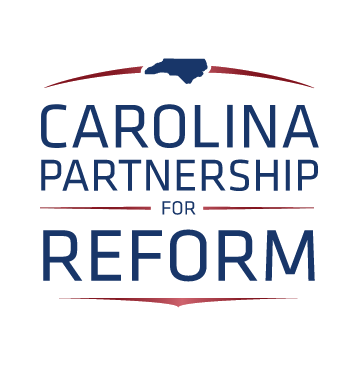Three Things About Education Funding You’ll Never Read in the Paper
Gov. Roy Cooper’s “state of emergency” over public education attracted plenty of headlines. Here’s some information you’re unlikely to read in any of those stories.
Public education spending is at the highest level in state history (yes, even when adjusting for inflation). The authorized K-12 budget last school year was $8,434 per student – the highest ever. That hardly constitutes a “state of emergency.” (Note: The authorized K-12 budget figure comes from the General Assembly’s nonpartisan Fiscal Research Division. The total number of public school students [ADM] comes from the N.C. Department of Public Instruction.)
Per-pupil funding increased more in the past eight years than under former Gov. Jim Hunt’s two terms in the 1990s. Sen. Rachel Hunt claimed last week that her father, former Gov. Jim Hunt, was the “education governor” and “fully funded public schools” while the current legislature has not.
But that’s just not true. First, last school year’s per-pupil funding level is higher than any time during Gov. Hunt’s tenure (adjusted for inflation using 2022 constant dollars).
Second, inflation-adjusted per-pupil funding increased by 19.9% from 1992-2000, when Gov. Hunt was in office. Over the past eight years, inflation-adjusted per pupil funding increased by 21.6% – a higher increase than when “the education governor” held office.
Either both Gov. Hunt and the current legislature fully funded education, or both Gov. Hunt and the current legislature underfunded education. Pick one.
Opportunity Scholarships don’t “drain money from public schools” unless public schools exist to educate phantom students. How much funding a public school receives to educate a child has nothing to do with how many students attend the school. Last year, the authorized K-12 budget was $8,434 per student, the highest level in state history. Opportunity Scholarships had zero impact on that per-pupil spending. Those who claim Opportunity Scholarships drain funds from public schools want you to believe that every school deserves the same amount of state funds regardless of how many students go there.

